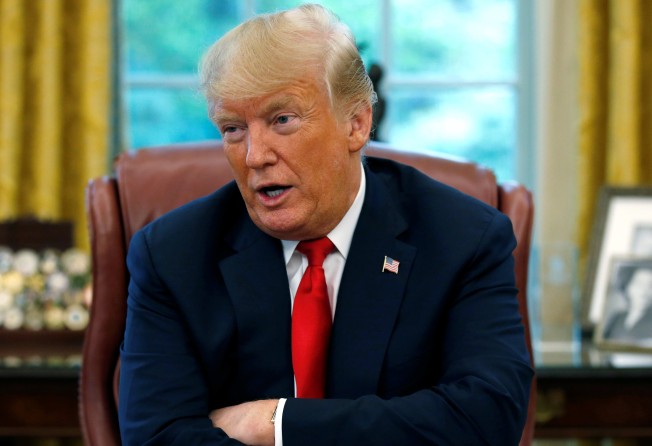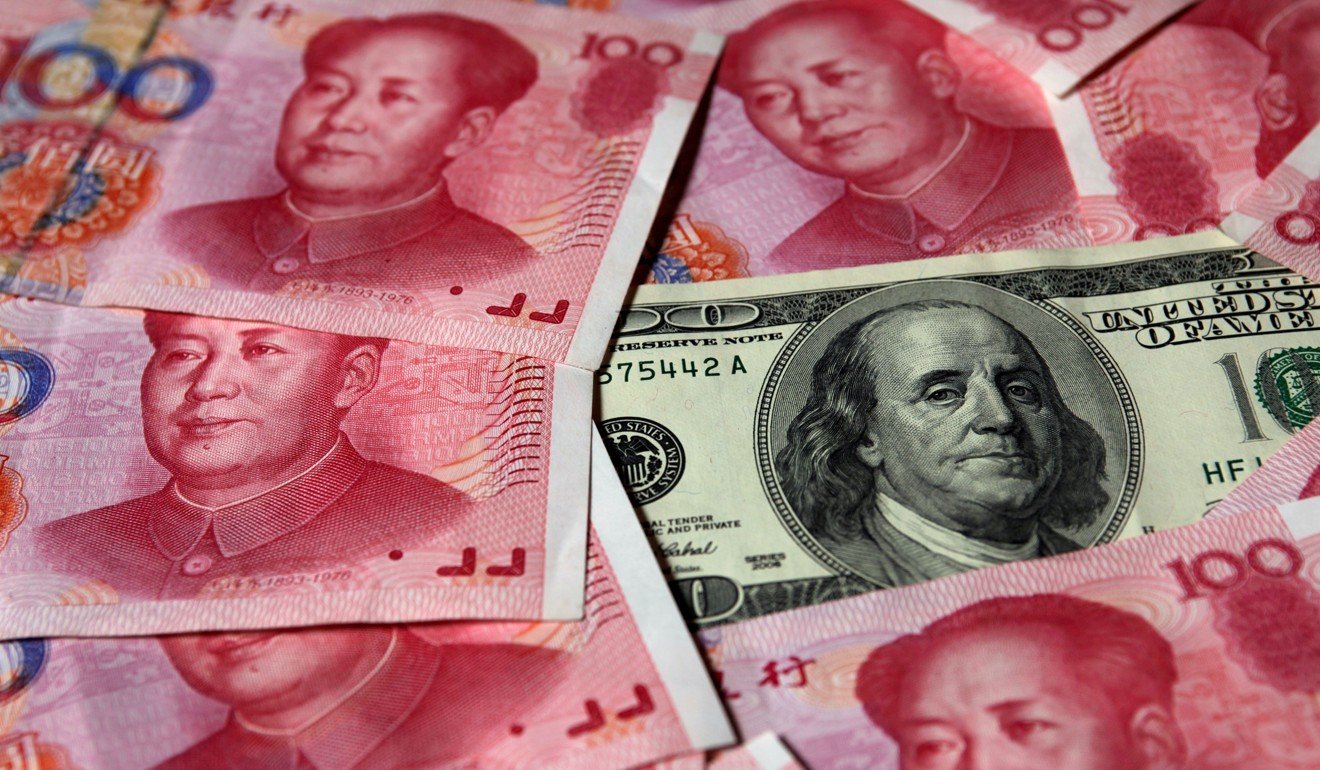China central bank to Trump: you’re just wrong about currency manipulation
A People’s Bank of China senior official insists the yuan’s exchange rate is set by market forces, refuting the US president’s latest claim

China is not manipulating its currency and will not use it as a trade weapon against America, a senior Chinese central bank official said on Tuesday, directly refuting US President Donald Trump’s allegation on Monday that Beijing is deliberately devaluing the yuan to gain an advantage.
Li Bo, the director of the monetary policy department within the People’s Bank of China, told a briefing in Beijing that the exchange rate of the yuan, also known as the renminbi, is now decided by market demand and supply.
“We’d like to stress that [the exchange rate] is market-driven. We won’t use policy to devalue the yuan and we won’t use the exchange rate as a weapon to react to external pressures from trade conflicts,” Li said.
While Li did not name Trump directly, his comments came a day after the US president charged in an interview with Reuters that China is manipulating its currency to offset the effects of the trade tariffs imposed by Washington. It was Trump’s latest in a string of accusations that Beijing is not playing fair with the exchange rate.
Trump complained repeatedly about the yuan during the 2016 presidential election campaign, promising to formally label China a currency manipulator if he was elected. However, he toned down his rhetoric after he assumed office, and Trump’s Treasury has never formally referred to China as a manipulator in its semi-annual currency reports to Congress.
Trump’s complaints about the yuan resurfaced last month when the Chinese currency was in the midst of a sustained decline against the US dollar. In an interview with CNBC in July, Trump said a strong dollar put the US at a disadvantage while the Chinese yuan “was dropping like a rock”.
The Chinese side has consistently denied allegations that it is devaluing the yuan to gain a trade advantage.
In reality, the central bank has worked hard to avoid a rapid depreciation in yuan against the dollar, because a sharp fall would amplify capital outflow pressures and generate fresh financial risks for the Chinese economy.
After the yuan weakened to below 6.9 against the greenback last week, the central bank adopted a series of regulatory changes – including requiring banks to hold a 20 per cent provision against the value of their foreign-exchange forward contracts and banning banks in onshore free-trade zones from lending yuan to offshore clients – to defend the key psychological level of 7 yuan to the dollar, as it had in the past.

The verbal dispute between Trump and China’s central bank over the yuan came as the two countries remained locked in an escalating trade war.
A Chinese delegation led by Vice Commerce Minister Wang Shouwen and a US delegation headed by Treasury Undersecretary for International Affairs David Malpass are due to hold talks on Wednesday and Thursday in Washington in an attempt to de-escalate trade tensions.
The talks this week come as new US tariffs on US$16 billion of Chinese goods are due to take effect on Thursday, which Beijing has promised to match with retaliatory tariffs on an equal amount of American goods.
The office of the US Trade Representative is also holding hearings this week on proposals for tariffs on an additional US$200 billion of Chinese goods that will directly hit a broad range of consumer products imported into the US.
Trump had threatened to impose duties on virtually all of the more than US$500 billion of Chinese goods shipped into the United States each year.